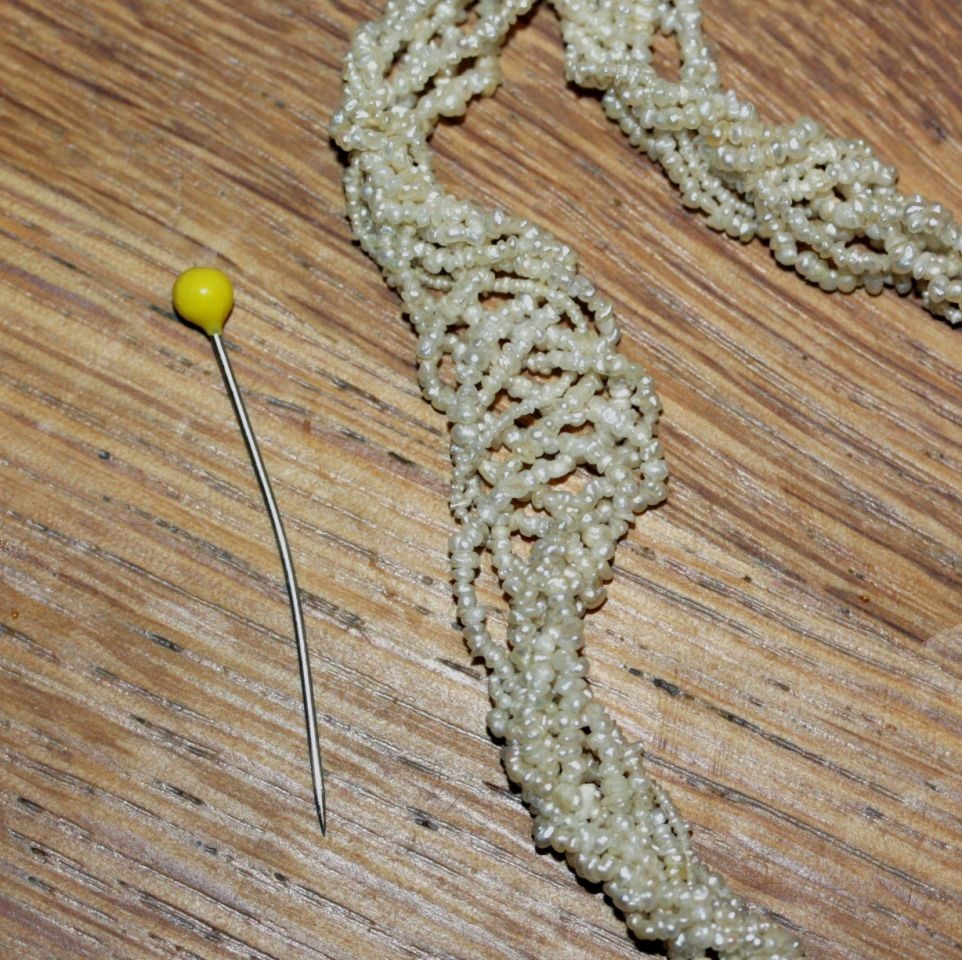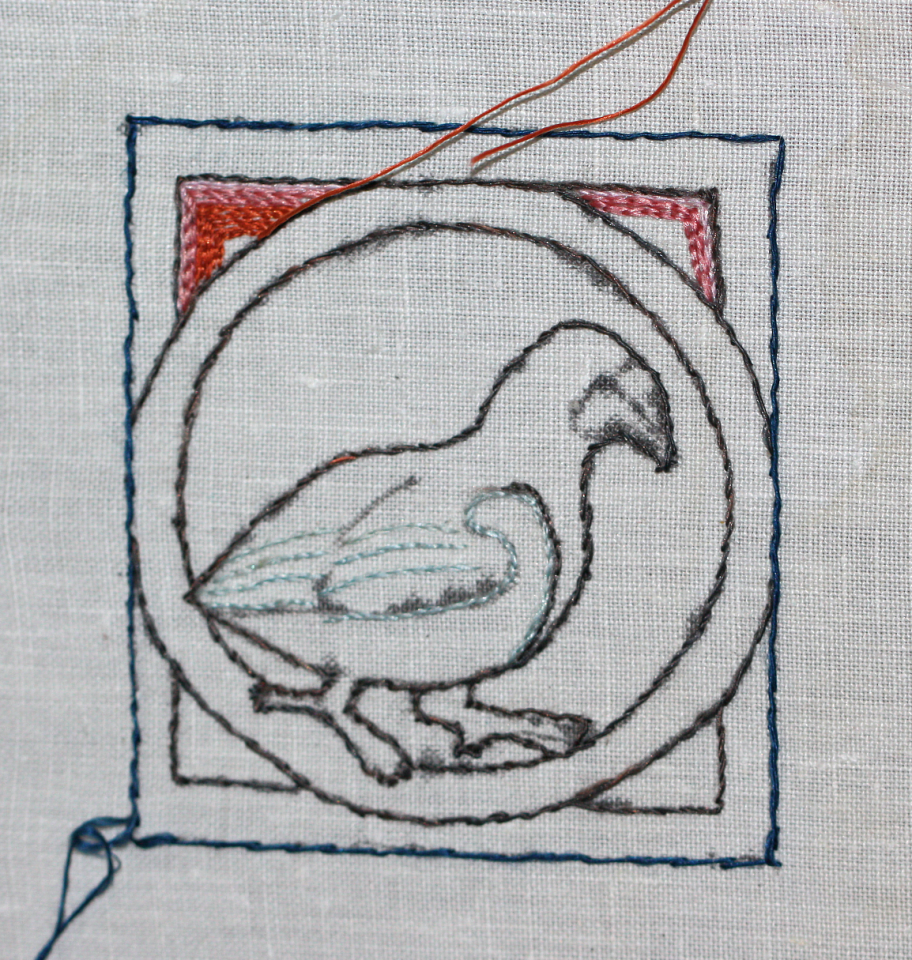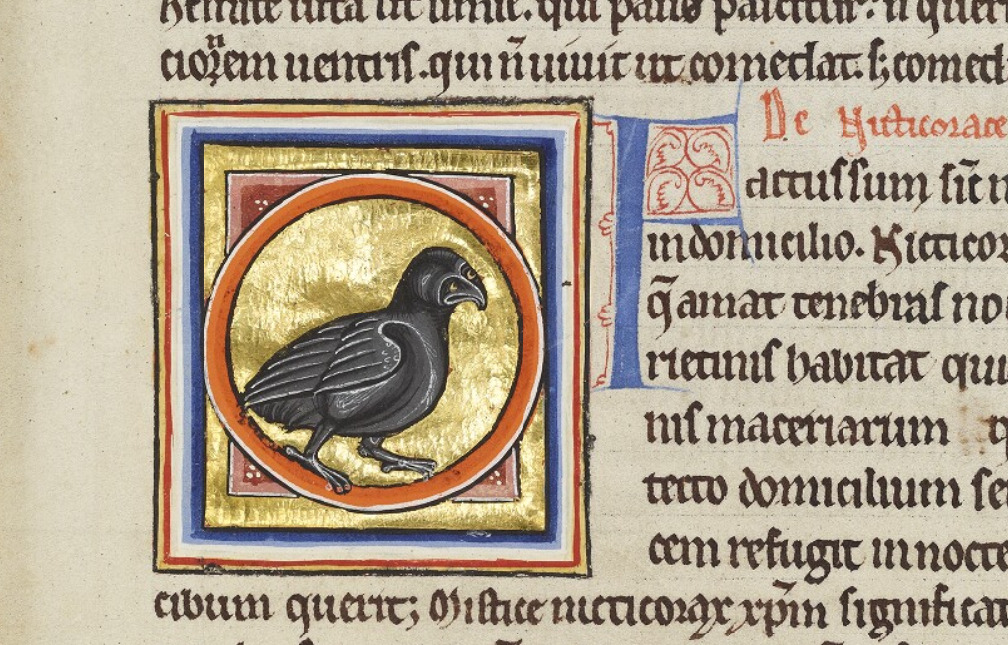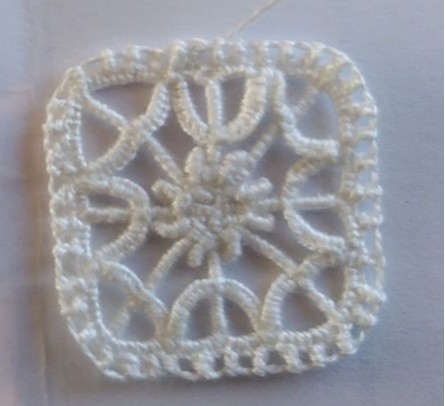I'm back from my gallivanting across the countryside, all the way down to the boot heel of Italy, and it was glorious.
I hadn't realised how much I had missed meeting up with colleagues for a conference and working together until I went to Vienna for a EuroWeb workshop and now to Italy. It was a three-day workshop about embroidery, and two days of travelling there and back each, and almost every minute of it was pure bliss.
Travelling took a while since I was not going to fly if avoidable at all, and it was avoidable by using a night train. As the direct flight connections to Brindisi or Bari were not convincing for her as well, I joined up with a friend in Munich and we travelled together, which just added to the fun. We had a night train from Munich to Rome, and then it's several hours again to get to Lecce and then Muro Leccese, where our workshop took place.
We had wonderful warm and sunny weather, delightfully delicious food, lots of Italian coffee, and incredibly nice people. There was a workshop on filet netting and embroidery, an exploration of Bronze Age embroidery stitches, an introduction to Punto Maglie (which is a kind of needle lace, which is something I'd wanted to do for ages and had never gotten around to), a number of presentations about embroidery-related research projects, many chats and discussions with colleagues, and oh, did I mention the food? I was in food heaven.
I also worked on my appreciation of coffee without milk, or with very small amounts of milk - as I didn't want to be one of the touristy Germans who order cappuccino after breakfast. (When, on the last day, I discovered there was hot milk with the coffee break supplies, though, I did have a cup of coffee with lots of milk. And then a second one straight away. Due to remaining little bits of sense left in my brain, I didn't have a third one, though...)
Punto Maglie, taught to us by two lovely Italian ladies. In Italian, which added to both the fun and the learning experience. (I found out that I don't speak Italian, but can mostly understand Stitch Italian...)
I also learned a great deal and finally got to meet, in person, a few of the people I had met over Zoom beforehand, plus some new people.
All things taken together, and the great hospitality of the local conference team (which even organised a little evening sightseeing trip to Otranto for us) added up to utter bliss for several days in a row. Utter, extreme, perfect bliss.
That was, by the way, the first time I've been to Italy. (I've been to South Tyrol before, but as both Italians and people from South Tyrol will tell you, that does not count as Italy. It's basically an extension of Austria where you can speak Italian, if you so wish, but German is spoken and understood about everywhere too.) I couldn't have wished for a better place to fall in love with the country.
My only problem now? My new favourite café is very, very far away from home...







